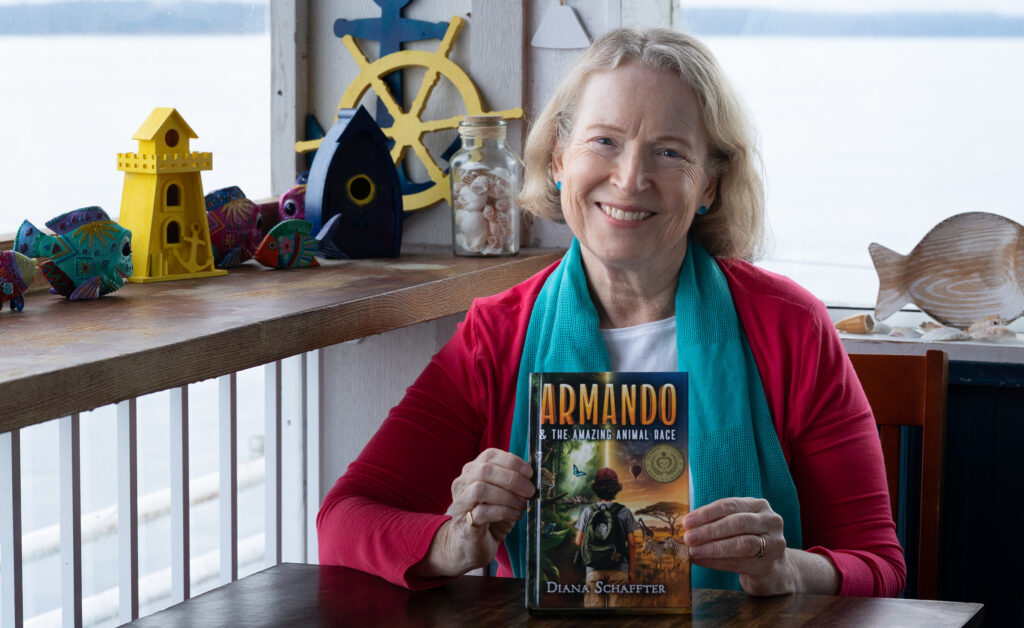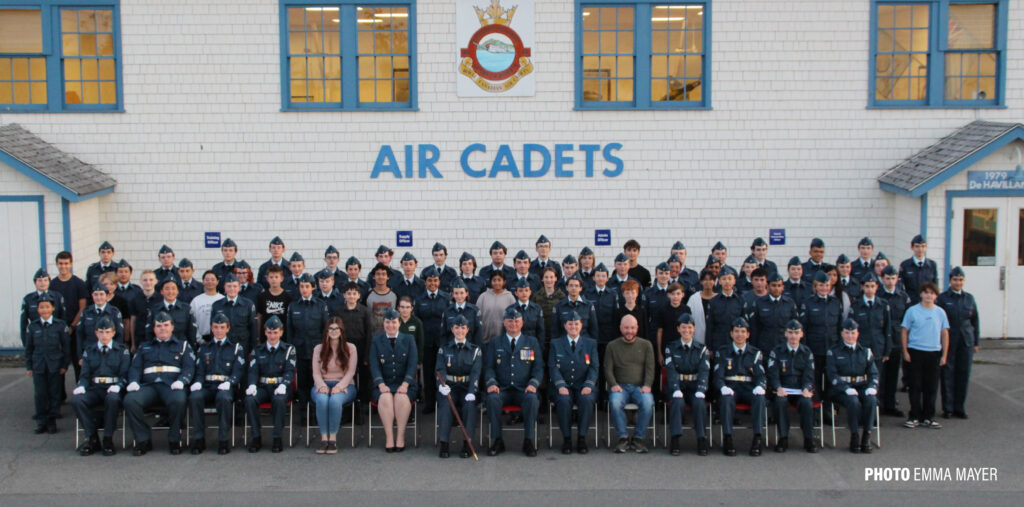by Paula Kully –
There is something thrilling about the moment you hear the wailing siren of a fire engine and see the long, red truck careening down the street. You have to admit: it generates a sense of sudden excitement. In the back of your mind, there is a realization that someone is in trouble and help is heroically on the way.
Some years ago, I took a ride to the hospital in an ambulance on account of some strange flu virus that mocked a more serious condition. At the time, I was surprised to find the people who initially responded to the call were firefighters. (I have to say, I would have been happy to see firemen in my house at any other time.) They were amazing at taking care of me and setting my mind at ease until the ambulance arrived. They immediately took my vitals to ensure that I wasn’t in any serious danger and then helped transfer me to the ambulance.
Our local fire departments also provide first responder services. They are often the first to arrive at a 911 call or other emergency situation and in some cases, their presence can mean the difference between life and death as first responders are trained at the same level as paramedics who operate ambulances. The training is in depth, including everything from CPR to childbirth, and ongoing, such as in response to the current opioid crisis where first responders have undergone training to administer the life-saving overdose remedy Naloxone.
Forrest Owens, the Assistant Chief and Training Officer for Central Saanich Fire Department, has been a firefighter and first responder for 32 years. He began working for Central Saanich in 2006 and describes the Fire Department as a composite department, meaning it is made up of a combination of five full-time, paid firefighters and 48 volunteer firefighters.
There is no average day in the life of a firefighter and first responder. They are often on call 24 hours a day, seven days a week. If a call comes in at 1 a.m. they must respond. Therefore, the families of firefighters are also impacted by the job and they too become part of the greater “firefighter family.”
Central Saanich receives its calls from the Saanich dispatch centre. All of their firefighters always carry a pager and when it alerts them to a call, they immediately head to the fire hall. From 8 a.m. to 6 p.m., Monday through Friday the fire hall is staffed, but outside those regular hours, volunteers are dispatched from their homes. Central Saanich has two fire halls and each firefighter is assigned a fire hall closest to their location. Forrest estimates that it takes under one minute for a team to leave the fire hall after their arrival.
The department has developed a response matrix which determines the type of vehicle and equipment needed based on the call type. “We right size the call,” Forrest explains. “We also have a duty officer on 24/7 and if they arrive first on the scene, they may cancel or request additional resources based on needs they have assessed.”
The variety of calls the department responds to are varied and include public assist calls for smoke alarm and CO detectors, lift assists with BC Ambulance, Police assists with building entry, and of course the more severe accidents and incidents. The department also has a rescue boat and can respond to water incidents.
Forrest’s commitment to his work and the public he serves is evident in his response to questions about the more serious side of his job. He prefers to focus on the incidents with a positive outcome. For example, during the summer he was called to the Butchart Gardens where an American tourist visiting the Gardens had collapsed from a cardiac arrest. The situation was tense for a while but through administering CPR and the use of an AED (automated external defibrillator), the gentleman was successfully revived. He later spent time in hospital and was able to return home with no complications.
So, the next time you hear a siren and you see that bright red truck, remember: these are the people who spend their days making sure ours are safe.
Photo by www.nuttycake.com.




